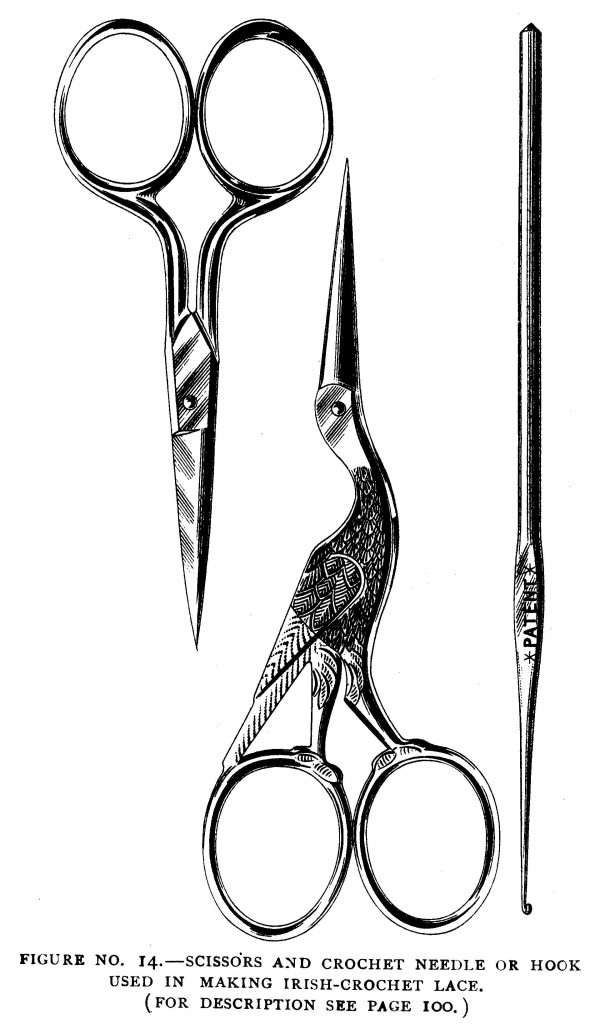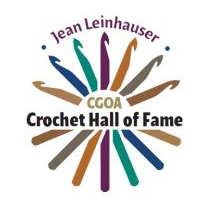Shortly after 1865 when the Bessemer process for making steel in large batches was invented, making fine crochet hooks using needle making methods was more or less abandoned. Small crochet hooks were fashioned by drawing out the end of a steel rod and fashioning a hook on it. The remaining thick body of the rod became the handle. These one piece hooks were studier, better quality and required less labor (were cheaper to make) than hooks made with needle making technology.
The biggest problem with the rod was that it rolled in the fingers. Every so often you had to stop and look at the hook to rotate it back into position. In 1896, August Kippenberg, a German citizen, was granted US patent 572809 for an integral crochet-hook comprising a shank, a hook at the end thereof, and a flattened portion therein…the grip.
Kippenberg must have taken out similar patents in Germany and England because grips did not become a universal feature of steel rod hooks until sometime between 1912 and 1914 when his patent expired.
The hook pictured with the scissors is from Hadley, Sara, ed., The Lace Maker, D. S. Bennet, vol. 1, no. 5, May 1903.


